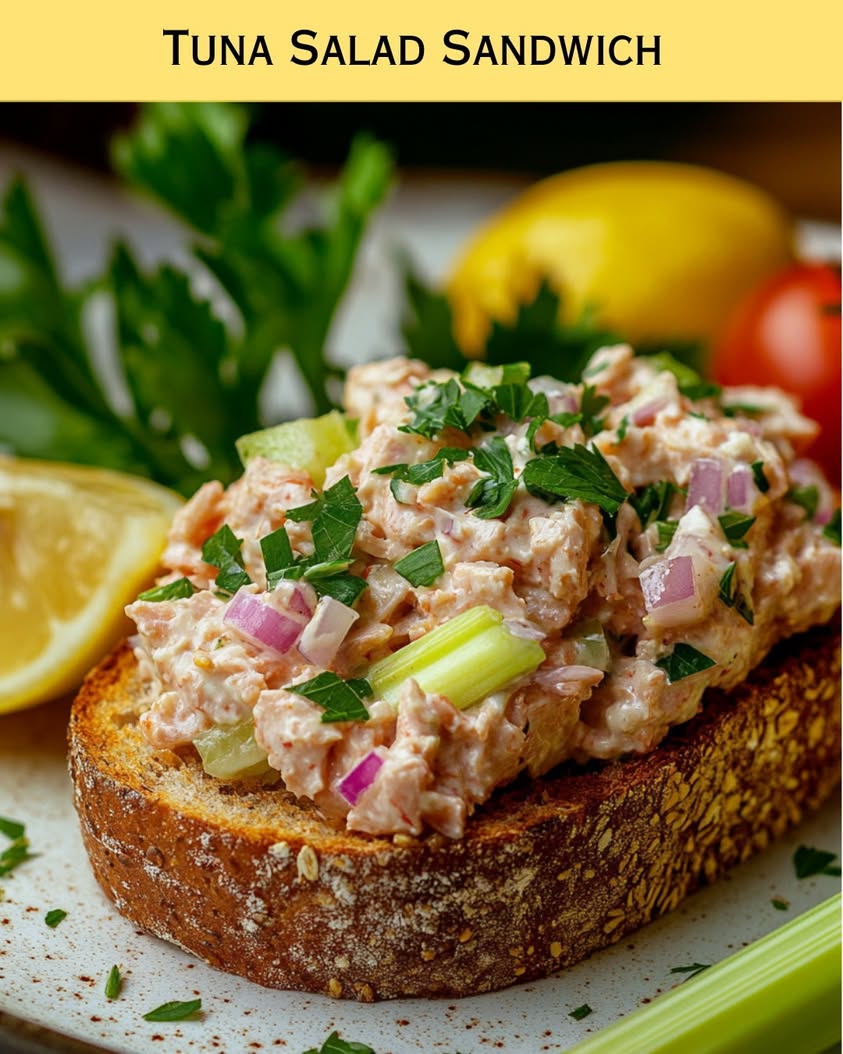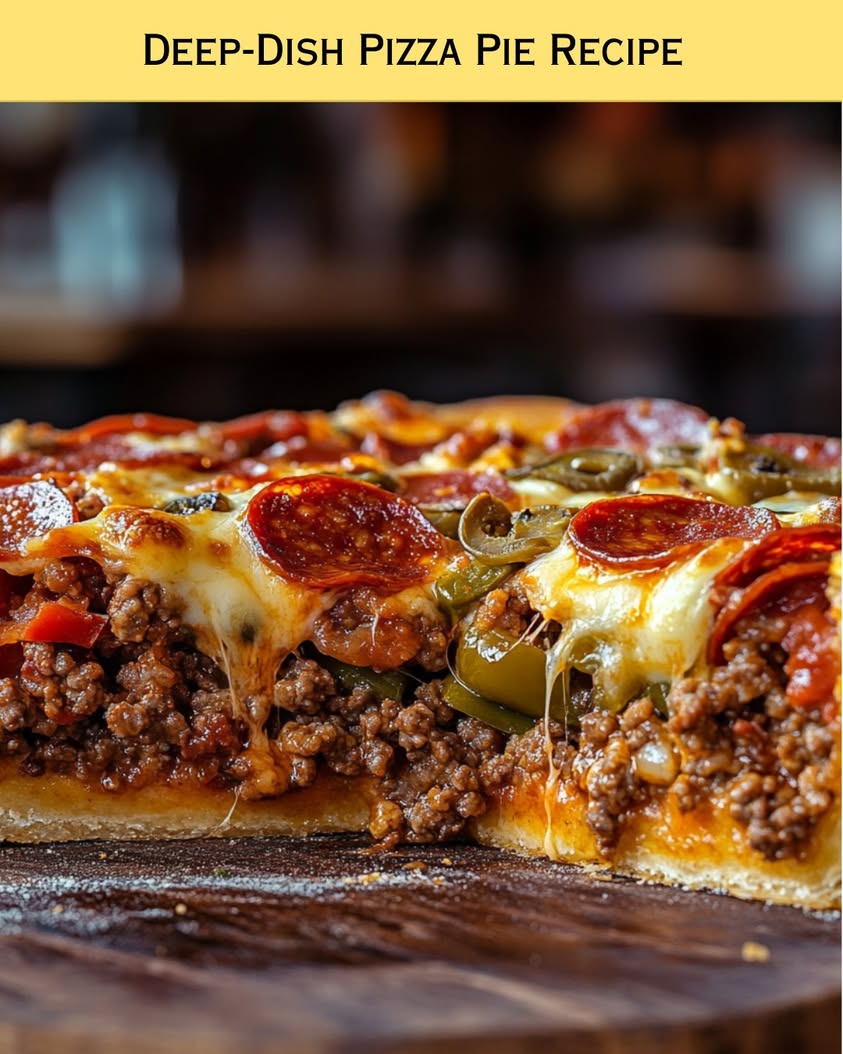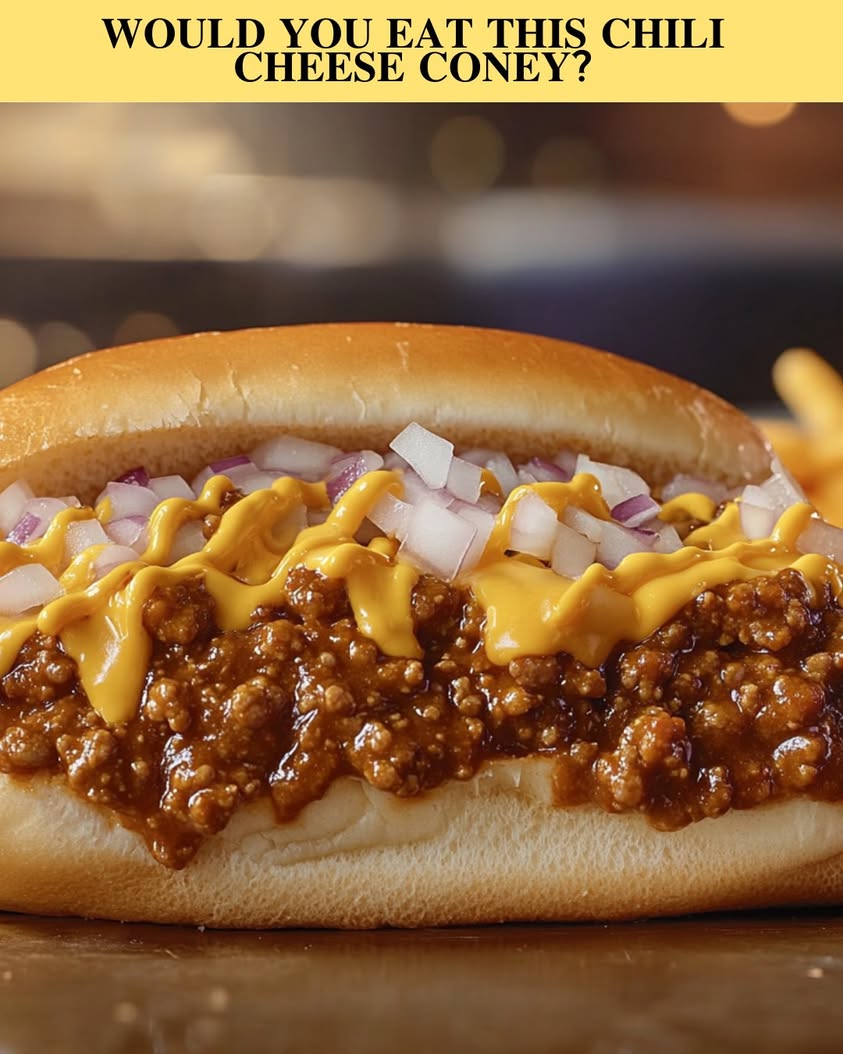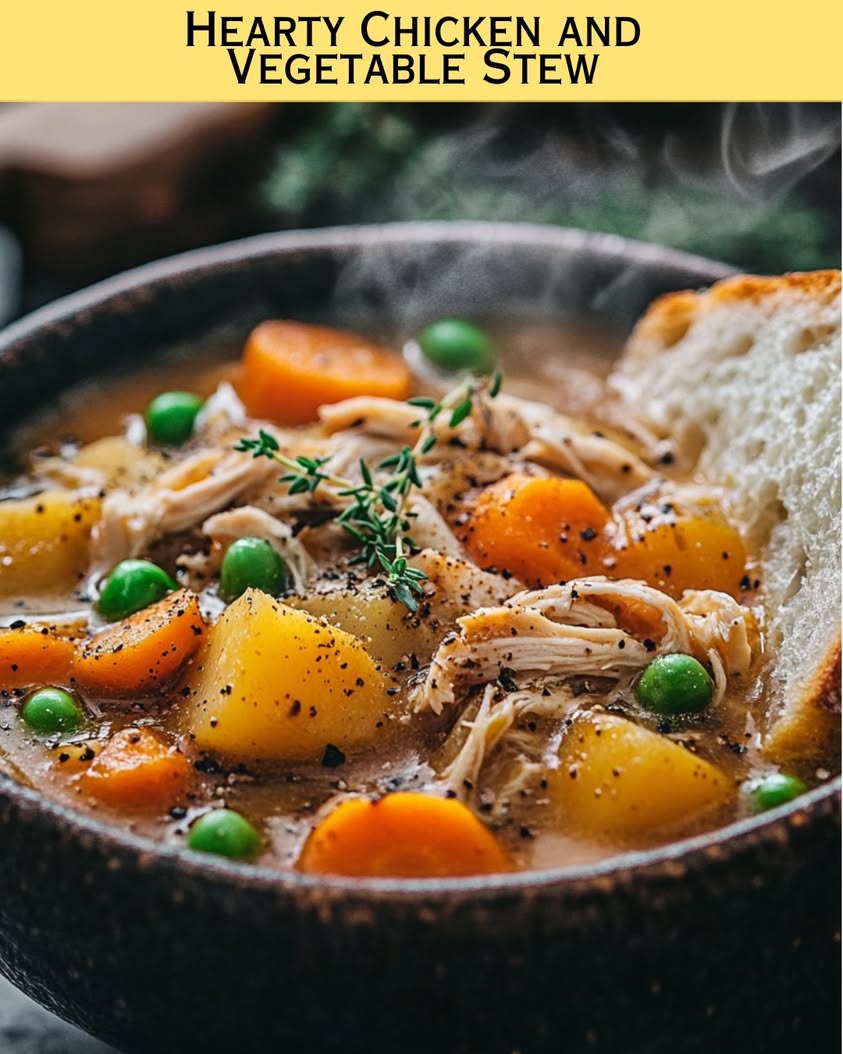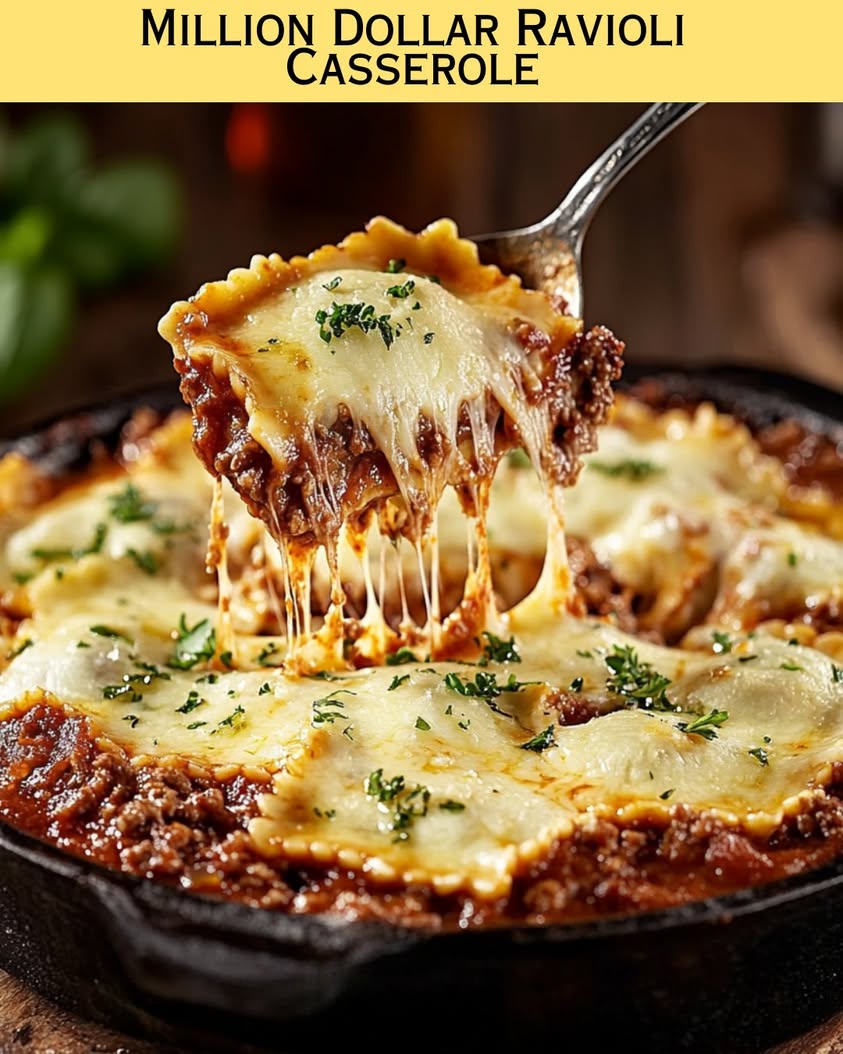Tuna Salad Sandwich: A Fresh Twist on a Classic Favorite
To create a truly delightful Tuna Salad Sandwich, you only need a few simple ingredients, but the flavor is a symphony of tastes that will leave you craving more. This sandwich is not only quick and easy to prepare, making it a perfect lunch or snack option, but it’s also delightful in texture with a creamy filling and crunchy vegetables. Whether you enjoy it on a busy weekday or as a snack for a picnic, this tuna salad sandwich is versatile and incredibly satisfying.
The exquisite combination of tuna, creamy mayonnaise, and crisp celery creates a delicious balance, while the subtle tang of lemon juice brightens it all up. Served between two slices of your favorite bread, this sandwich is customizable and can be adjusted to fit your personal taste. Additionally, it’s a great option for meal prep, as it can be stored in the refrigerator and enjoyed over a few days.
Quick Recipe Highlights
- Flavor Profile: The combination of tuna and mayonnaise with a hint of lemon juice offers a savory and slightly tangy flavor that pleases every palate.
- Texture: The creamy filling paired with crunchy celery and onion gives a delightful contrast that enhances each bite.
- Aroma: The aroma of fresh ingredients mingles beautifully, inviting you to take that first bite.
- Visual Appeal: The creamy filling gleaming with fresh herbs peeking through is visually striking and makes for an inviting presentation.
- Skill Level Needed: This recipe requires minimal cooking skills, making it perfect for beginners and experienced cooks alike.
- Special Equipment: No specialized kitchen tools are needed; just a mixing bowl and a knife will do.
Recipe Overview
- Difficulty Level: The tuna salad sandwich is rated easy due to its straightforward preparation and the lack of cooking involved.
- Category: This dish is perfect for lunch or as a picnic meal, embodying the ease of a classic sandwich.
- Cuisine: Originating from Western culinary traditions, tuna salad sandwiches have become a staple in many households.
- Cost: The ingredients are readily available and affordable, making this sandwich a cost-effective option.
- Season: Tuna salad sandwiches can be enjoyed year-round, but they are especially refreshing in the warmer months.
- Occasion: Ideal for quick lunches, gatherings, or even a light dinner, this recipe fits a variety of occasions.
Why You’ll Love This Recipe
Tuna salad sandwiches are loved for their incredible taste and satisfying texture. The smoothness of the tuna combined with the crunch of fresh vegetables creates a delightful contrast that’s both refreshing and filling. Every bite brings different sensations that make this sandwich a truly enjoyable experience.
In terms of convenience, this recipe is a winner. You can prepare it in less than 10 minutes, making it an ideal choice for those busy weekdays when you need something quick yet wholesome. It can also be made in larger batches for meal prepping, saving you time in the kitchen throughout the week.
Nutritionally, tuna is a powerhouse ingredient, packed with omega-3 fatty acids and high in protein. This makes the tuna salad sandwich not just satisfying but also a healthy choice. Pair it with whole grain bread, and you’re boosting its fiber content for a more balanced meal.
Socially, this dish is a fantastic way to entertain. A platter of these sandwiches can be a hit at gatherings, offering guests a classic comfort food element with a fresh twist. They can be customized to cater to different tastes, ensuring that everyone is happy.
Cost-effectiveness is another significant factor. The ingredients for this recipe are generally inexpensive and easy to find. This makes tuna salad sandwiches an accessible and budget-friendly option for families and individuals alike.
Historical Background and Cultural Significance
The tuna salad sandwich has humble beginnings, evolving from simple preservation needs during wartime to becoming a staple in American households in the 20th century. Canned tuna provided a convenient protein source that was easy to store and use, which explains its rapid rise in popularity as families sought quick meal solutions.
Culturally, the tuna salad sandwich represents comfort food, often evoking memories of childhood lunches and family picnics. It’s a recipe that many families have modified over generations, adding their own unique twists based on regional preferences and available ingredients.
Over the years, the basic recipe has seen numerous adaptations, from the inclusion of spicy ingredients to variations such as adding fruits like apples or grapes for a touch of sweetness. Each variation reflects personal tastes and cultural influences that breathe new life into this timeless dish.
Regions offer their own spins on the tuna salad sandwich, with some areas incorporating local ingredients, like fresh herbs or country-style bread. Regardless of these variations, the core elements remain a beloved classic around the world.
Ingredient Deep Dive
Tuna
The heart of the tuna salad sandwich, canned tuna has a long history of being a reliable and accessible protein source. Rich in omega-3 fatty acids, it’s an excellent choice for heart health and overall well-being. When selecting tuna, opt for sustainably caught varieties whenever possible. Store canned tuna in a cool, dry place and use it before the expiration date for the best quality.
Mayonnaise
A key player in bringing the ingredients together, mayonnaise provides creaminess and flavor to the salad. While traditional recipes use regular mayonnaise, options include Greek yogurt or avocado for a healthier twist. Look for mayonnaise made with high-quality ingredients for the best flavor. Store mayonnaise in the refrigerator and always check for freshness before use to avoid spoilage.
Celery
Adding crunch to your tuna salad, celery is not only low in calories but also high in fiber. When selecting celery, look for bright green stalks without blemishes. Store it in the crisper drawer of your refrigerator for optimal freshness. If you’re looking to mix it up, consider substituting with diced bell peppers or pickles for an additional flavor boost.
Common Mistakes to Avoid
- Overmixing the tuna salad can lead to a mushy texture. Mix gently to maintain a pleasant mouthfeel.
- Using low-quality tuna can impact flavor. Always choose good quality, sustainably sourced canned tuna for the best taste.
- Not seasoning adequately can leave your salad bland. Taste and adjust the seasoning with salt, pepper, or additional spices as needed.
- Ignoring the importance of chilling the salad can affect flavor development. Letting it sit in the fridge for at least an hour enhances the taste.
- Neglecting to adjust the consistency. If the salad is too dry, add more mayonnaise or yogurt; if too wet, stir in more tuna.
- Forgetting to taste as you go can lead to unbalanced flavors. Always sample the salad before serving to ensure it’s just right.
- Using the wrong bread can overshadow the filling. Choose bread that complements without overpowering the tuna salad.
- Not letting the flavors meld can result in a less flavorful sandwich. Prepare in advance for better results.
- Using expired ingredients can be a health risk. Always check the freshness of your components before use.
- Serving it too cold can mute flavors. Allow the sandwich to sit out for a few minutes before enjoying to let the flavors shine.
Essential Techniques
Proper Mixing
Mixing the tuna salad requires a gentle touch. The goal is to combine the ingredients without breaking the tuna down too much. To master this technique, utilize a light folding motion instead of stirring vigorously. Watch for visual cues, such as a cohesive blend where you can still see little chunks of tuna.
Spreading
Spreading the tuna salad onto bread is an art itself. Aim to spread it evenly for a delightful bite every time. Use the back of a spoon or a spreading knife to create an even layer. Be mindful not to overfill, as it can lead to a messy sandwich.
Pro Tips for Perfect Tuna Salad Sandwich
1. Always chill your tuna salad for an improved flavor profile. Letting it rest allows the ingredients to meld beautifully.
2. Experiment with flavored mayonnaises for added depth. Try garlic or chipotle mayo for a twist.
3. Add fresh herbs like dill or chives for an aromatic touch and lively flavor.
4. Use a layered approach in your sandwich for a balanced flavor experience. Spread a layer of mayonnaise on the bread first.
5. Consider toasting the bread for a delightful crunch; this texture adds another layer to the overall experience.
6. Choose whole grain or artisanal bread to enhance nutrition without compromising on flavor.
7. Serve with a side pickle for a tangy contrast that elevates your sandwich experience.
8. For those who love heat, sprinkle in diced jalapeños or a sharp mustard for an exciting kick.
Variations and Adaptations
For those looking for regional variations, consider incorporating local ingredients such as olives or capers, reminiscent of Mediterranean flavors. Seasonal adaptations allow you to switch up ingredients based on what’s fresh. In the winter months, add hearty vegetables like roasted peppers for a different taste experience.
Dietary modifications can cater to various eating styles. For a low-carb version, opt for lettuce wraps instead of bread. Vegans can use chickpeas in place of tuna, binding with similar ingredients for a hearty alternative.
Flavor variations can also be explored by adding fruits such as diced apples or cranberries for a sweet contrast. Texture modifications, like adding crushed nuts or seeds, introduce an enjoyable crunch that enhances the salad.
Presentation alternatives like serving the salad in endive leaves instead of bread provide a beautiful and healthy twist to the classic sandwich.
Serving and Presentation Guide
For an attractive presentation, consider using artisanal bread that showcases the vibrant colors of the tuna salad. Consider diagonal cuts for a more appealing look and place your sandwiches on a rustic wooden board. Garnish with fresh herbs or microgreens for an elegant touch.
Offering traditional accompaniments like pickles or sweet potato chips can provide contrast in flavor and texture. Alternatively, for modern serving suggestions, create a sandwich platter with various salads to accommodate diverse tastes.
Temperature considerations are essential; serve the sandwich at room temperature for optimal flavor. Finally, be mindful of portion control—cutting sandwiches into smaller pieces can make them more shareable at parties.
Wine and Beverage Pairing
When it comes to wine pairings, a crisp white wine, such as a Sauvignon Blanc, complements the tuna salad beautifully, enhancing its freshness. For non-alcoholic alternatives, consider sparkling water with a wedge of lemon for a refreshing touch.
If coffee is your preference, a cold brew coffee pairs nicely with the sandwich, providing a wonderful balance between the rich flavors of the salad. Always serve beverages chilled to ensure the best taste experience during your meal.
Storage and Shelf Life
To store your tuna salad, keep it in an airtight container in the refrigerator. Properly stored, it can last for up to three days. Ensure that it’s kept at a consistent temperature below 40°F to maintain freshness.
When considering signs of spoilage, look for changes in color or odor. If it smells off or has a change in texture, it’s best not to consume it. For reheating instructions, most individuals prefer to enjoy it cold, but if you’re using it in a different dish, ensure it’s heated to a safe temperature.
If you want to freeze the salad, it’s best to do so without mayonnaise, adding it after thawing to maintain texture.
Make Ahead Strategies
To make ahead, prepare your tuna salad earlier in the day or even the night before. Store it in a tightly-sealed container to ensure it stays fresh. This salad is perfect for preparing in batches for lunches or picnics.
When considering quality impact, be aware that the flavors will meld beautifully if allowed to sit, enhancing its overall taste. Assembly tips include leaving the bread separate until serving to prevent it from getting soggy.
For reheating guidelines, ensure that if you do add heat to any component, everything is uniformly heated to retain flavor and texture. Adding fresh elements like lettuce or tomatoes just before serving will keep them crisp.
Scaling Instructions
To halve the recipe, simply use one can of tuna and adjust all other ingredient measurements accordingly. If doubling or tripling, ensure you have ample mixing space and consider using a larger bowl for efficiency.
Timing modifications should be made based on the scale of preparation, allowing slightly more time for mixing as the batch size increases. For storage, larger portions may require additional containers to ensure freshness.
Nutritional Deep Dive
Understanding the macro breakdown is crucial; each sandwich typically features lean protein from tuna and healthy fats from mayonnaise, contributing to a balanced meal. Pay attention to the micronutrient analysis as well, focusing on vitamins and minerals found in vegetables added to the salad.
The health benefits of this recipe are significant, providing essential fatty acids that promote heart health. A serving also offers a great source of protein, aiding in muscle repair and overall body function. Be mindful of portion sizes, as they can greatly affect your caloric intake.
For those monitoring their weight, opting for lower-calorie ingredients such as Greek yogurt instead of mayonnaise can give a similar flavor while cutting calories.
Dietary Adaptations
For a gluten-free adaptation, swap regular bread for gluten-free alternatives or use large lettuce leaves as wraps. If pursuing a dairy-free or vegan route, substitute tuna with chickpeas or a plant-based tuna alternative.
Low-carb and keto diets can enjoy this sandwich with lettuce wraps or sliced avocados in place of the bread. Paleo enthusiasts can use homemade mayo and add extra veggies for crunch.
Finally, low-FODMAP options should consider using specific low-FODMAP vegetables like carrots and cucumbers in the mix, ensuring everyone can enjoy this delicious classic.
Troubleshooting Guide
If your tuna salad is too dry, consider adding more mayonnaise or a splash of lemon juice to enhance moisture. If it lacks flavor, blending in additional spices or fresh herbs can bring it to life.
For temperature problems, if your salad gets too warm before serving, refrigerate for a short time to cool down prior to enjoying. Equipment challenges can arise when blending; ensure your kitchen tools are up to the task, using a sturdy bowl and fork for optimal results.
Should you need to substitute ingredients, knowing which components can easily swap without affecting the overall flavor is key. When timing is a concern, prepare components separately ahead of time to streamline assembly.
Recipe Success Stories
Community feedback typically highlights the versatility of this tuna salad sandwich. Many home cooks have shared their variations, from adding fresh herbs to changing up the type of bread used, showcasing creativity throughout flavors.
Variation successes often include experimenting with flavors—like curry powder or spicy sriracha—bringing a whole new dimension to this classic dish. Reader suggestions frequently entail fresh ingredient ideas, highlighting the adaptability based on individual preferences.
Photography tips from the community emphasize capturing that vibrant green from fresh ingredients and the beautiful presentation on a rustic wooden board. Their enthusiasm continues to inspire new chefs to take on this beloved recipe.
Frequently Asked Questions
Absolutely! Fresh tuna can be grilled or seared before being chopped and mixed into the salad, providing a delicious alternative to canned.
How long does tuna salad last in the refrigerator?
When stored properly in an airtight container, it can last up to 3 days in the refrigerator.
Can I freeze tuna salad?
It is not recommended to freeze tuna salad as mayonnaise can separate when thawed. Instead, prepare the base and add mayonnaise after thawing.
What can I substitute for mayonnaise?
You can use Greek yogurt, avocado, or even sour cream as a healthier alternative.
Can I add fruits to my tuna salad?
Yes! Diced apples, grapes, or cranberries can add a delightful sweetness that balances the flavors perfectly.
What type of bread works best?
You can use any bread you prefer, such as whole grain, sourdough, or even wraps.
Is it possible to make this dish vegan?
Yes, substitute the tuna with mashed chickpeas and follow the same recipe.
Can I make tuna salad the night before?
Definitely! Making it ahead of time allows the flavors to meld, enhancing the overall taste.
Is this dish suitable for children?
Yes, this is a kid-friendly recipe. You can reduce spices and serve with their favorite sides.
How can I add more protein to this recipe?
Consider mixing in chopped hard-boiled eggs or using a high-protein bread to boost the protein content.
Additional Resources
If you’re searching for related recipes, explore options like egg salad or chicken salad sandwiches for variety. Technique guides on making homemade mayonnaise can enhance this recipe, allowing for personalization in taste.
Ingredient information about canned tuna varieties can help you choose sustainably sourced options for your recipe. Equipment recommendations may include essential kitchen tools that simplify preparation.
Lastly, consider seasonal variations by incorporating fresh summer produce like bell peppers or cucumbers, making this dish adaptable and inviting throughout the year.
Join the Conversation
Social media sharing brings like-minded food enthusiasts together. When you try this recipe, consider posting a picture to show off your creation. Your photography tips can inspire others, encouraging creativity in the kitchen.
Engage with the community through recipe reviews; honest feedback helps others discover new favorites. Lastly, contribute your recipe variations, turning this classic into something uniquely yours!
The Recipe
Tuna Salad Sandwich
Serves: 2
Prep Time: 10 mins
Cook Time: 0 mins
Total Time: 10 mins
Kitchen Equipment Needed
- Mixing bowl
- Spoon or spatula
- Knife
- Cutting board
- Airtight container for storage
Ingredients
- 1 can (5 oz) tuna, drained
- 2 tablespoons mayonnaise
- 1 tablespoon diced onion
- 1 tablespoon diced celery
- 1 teaspoon lemon juice
- Salt and pepper to taste
- 2 slices of bread (whole grain, sourdough, etc.)
- Fresh greens (optional)
Directions
- In a mixing bowl, combine the drained tuna, mayonnaise, diced onion, diced celery, and lemon juice.
- Stir gently until all ingredients are evenly mixed. Season with salt and pepper to taste.
- Lay a piece of bread on a cutting board and spread the tuna mixture evenly over it.
- If desired, add fresh greens on top of the tuna salad.
- Top with the second slice of bread. Cut in half and serve immediately.
Recipe Notes
- Feel free to customize by adding ingredients like chopped pickles or hard-boiled eggs.
- This sandwich can be made ahead of time and stored in the refrigerator for up to three days.
- For added richness, try using flavored mayonnaise or adding a sprinkle of fresh dill.
